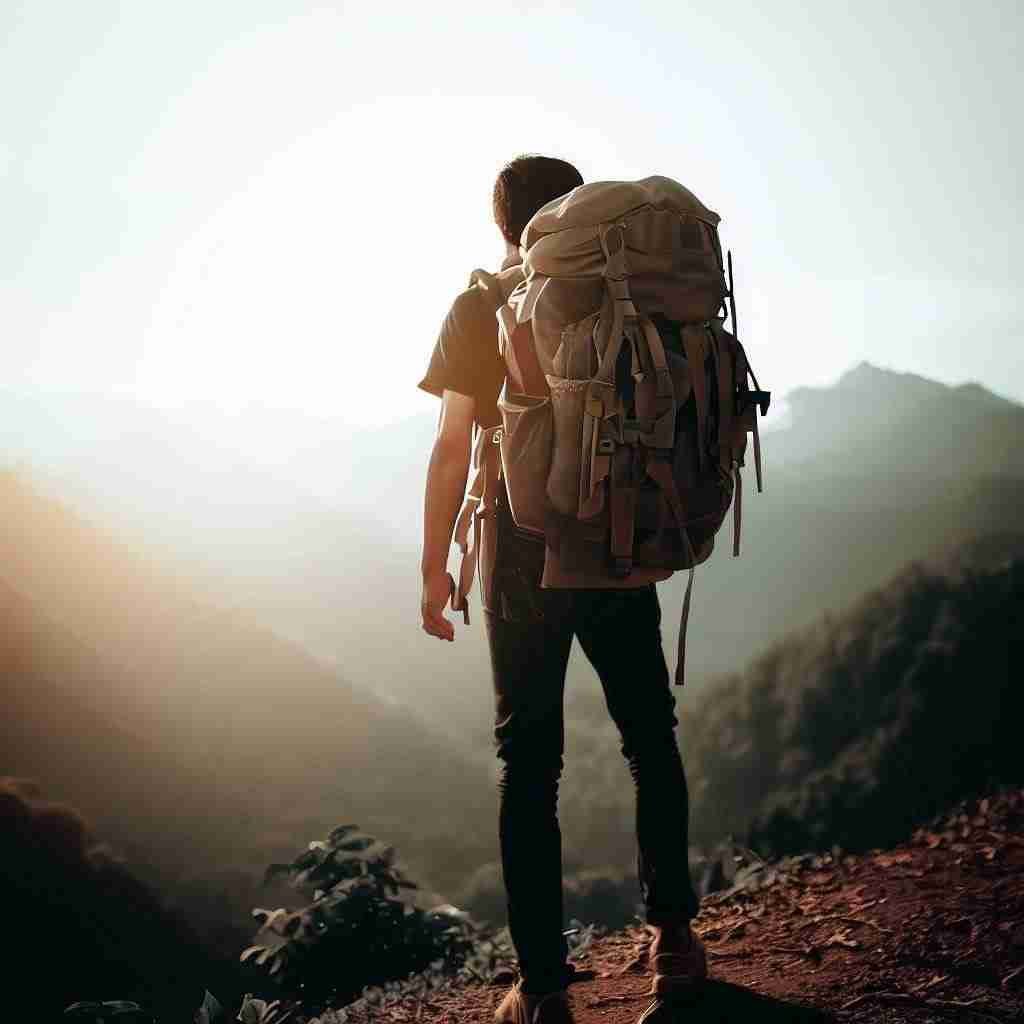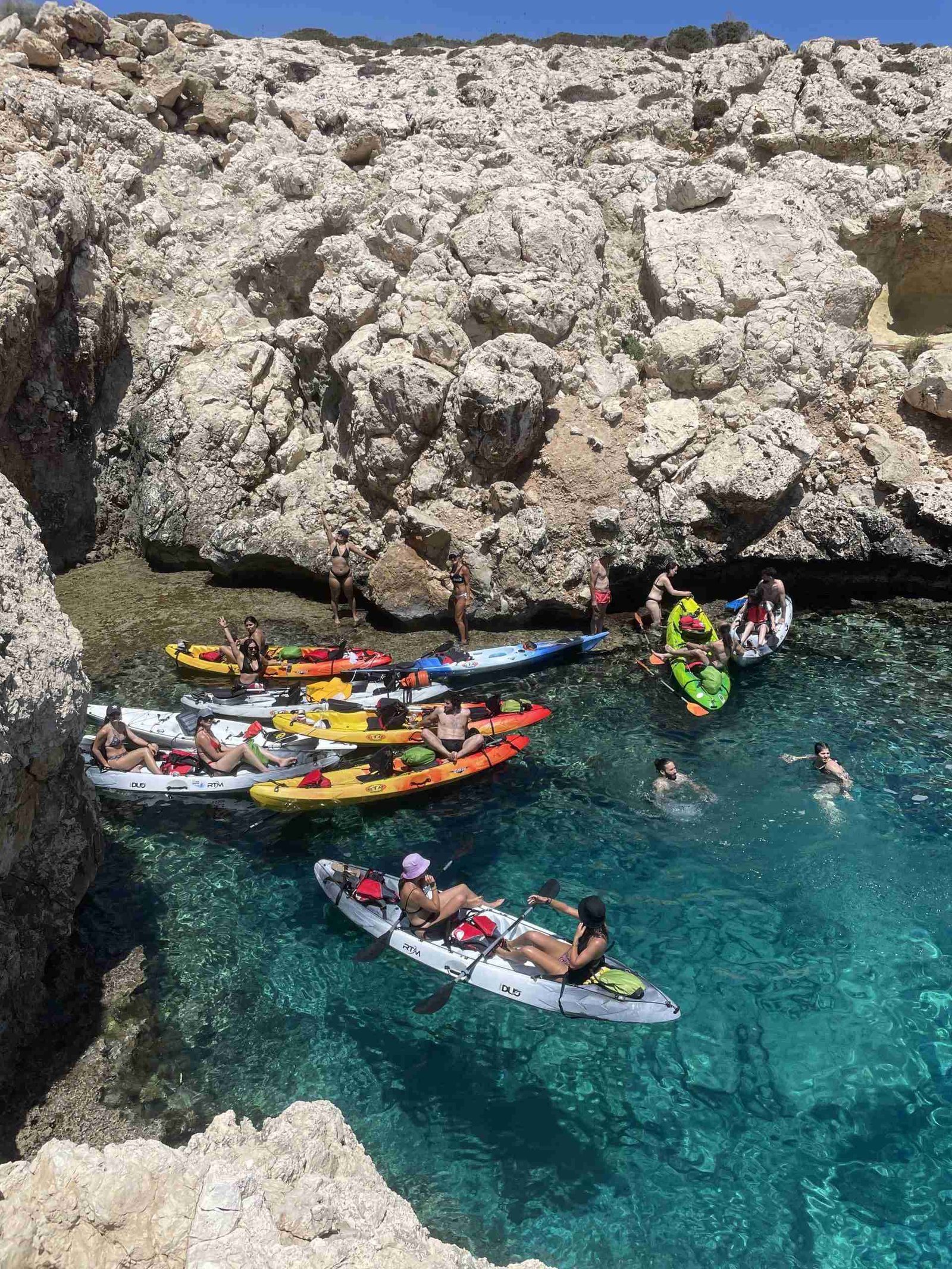Survival Skills: A Guide to Thriving in the Outdoors
Navigating and surviving outdoors is crucial for adventurers and nature lovers alike. In this blog, we’ll meticulously outline essential survival skills necessary for thriving in the wilderness, encompassing areas such as navigation, shelter building, fire starting, water sourcing, food foraging, first aid, and mental resilience.
**Navigation and Orientation:** Initially, mastering basic navigation without the reliance on technology is paramount. It’s imperative to learn how to use a compass, read maps, and recognize natural signs for orientation. Moreover, acquiring skills in GPS usage can prove to be invaluable.
**Shelter Building:** Subsequently, the ability to construct shelters from natural materials is indispensable for protection against the elements. It’s recommended to practice crafting lean-tos, debris huts, and utilizing natural formations to ensure warmth and safety.
**Fire Starting:** Following that, fire is a multifaceted tool essential for warmth, cooking, and signaling for help. Embrace the learning of various fire-starting methods and dedicate time to practice gathering the necessary materials to maintain a fire in diverse conditions.
**Water Sourcing and Purification:** Equally important, securing access to clean water is a fundamental survival need. It’s crucial to identify safe water sources and comprehend purification methods, such as boiling and filtration, to guarantee potable water.
**Food Foraging and Trapping:** Concurrently, acquiring the skill to identify edible plants and mastering basic trapping techniques is essential for sustenance. A deep understanding of animal tracks and behaviors can significantly enhance the likelihood of securing food.
**First Aid and Basic Medical Skills:** In addition to the aforementioned skills, possessing basic first aid knowledge can be life-saving. It’s essential to know how to treat wounds, manage common injuries, and effectively use a well-stocked first aid kit.
**Mental Resilience and Survival Mindset:** Lastly, cultivating mental strength and a survival mindset is indispensable in overcoming the unpredictable challenges of the wilderness. Strive to remain calm, practice mindfulness, and foster adaptability to navigate through difficulties with confidence.
In conclusion, by embracing and refining these survival skills, you can confidently venture into the wilderness. Regular practice and thorough preparation are the cornerstones of ensuring safety and achieving success in outdoor adventures.





